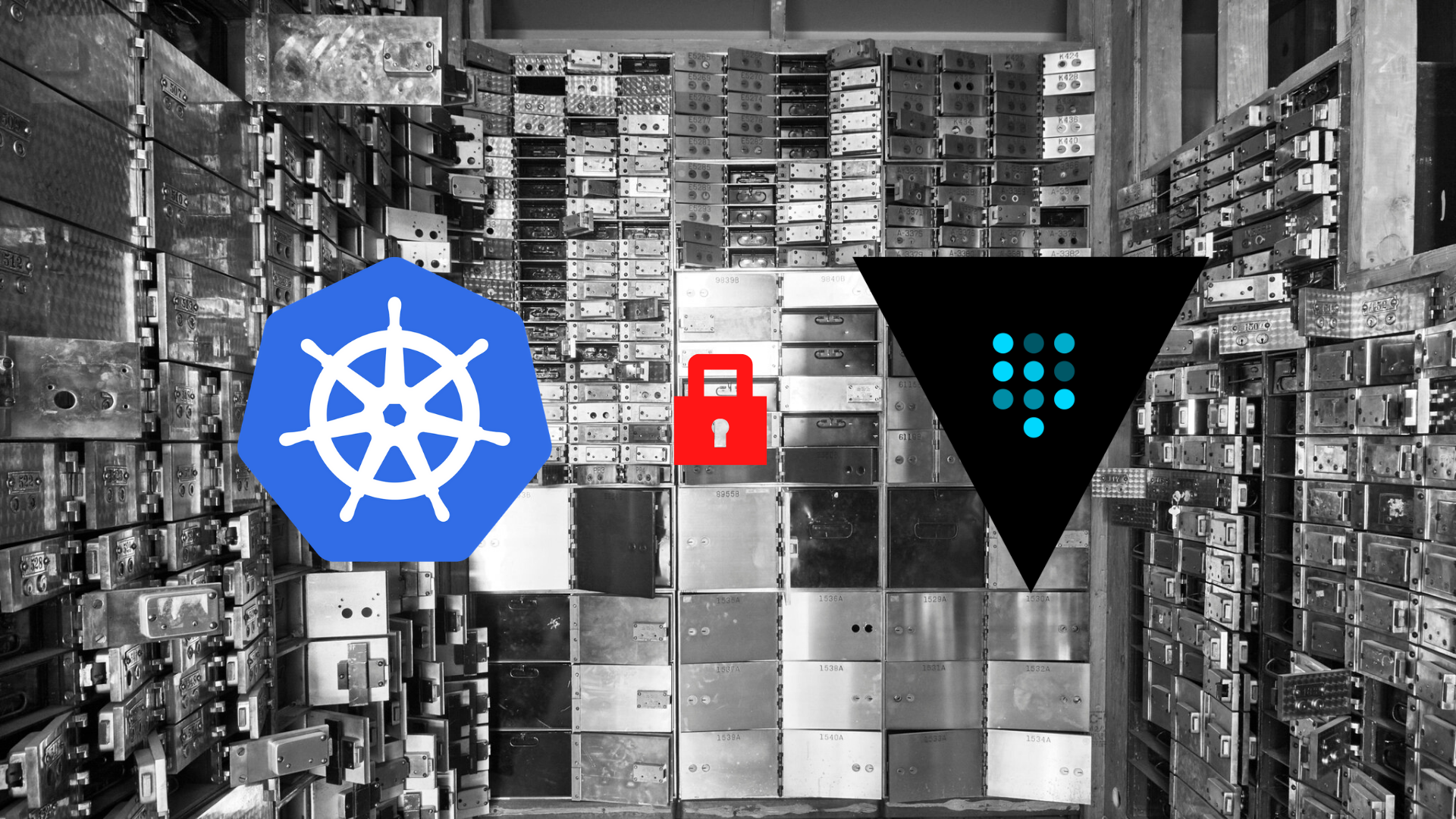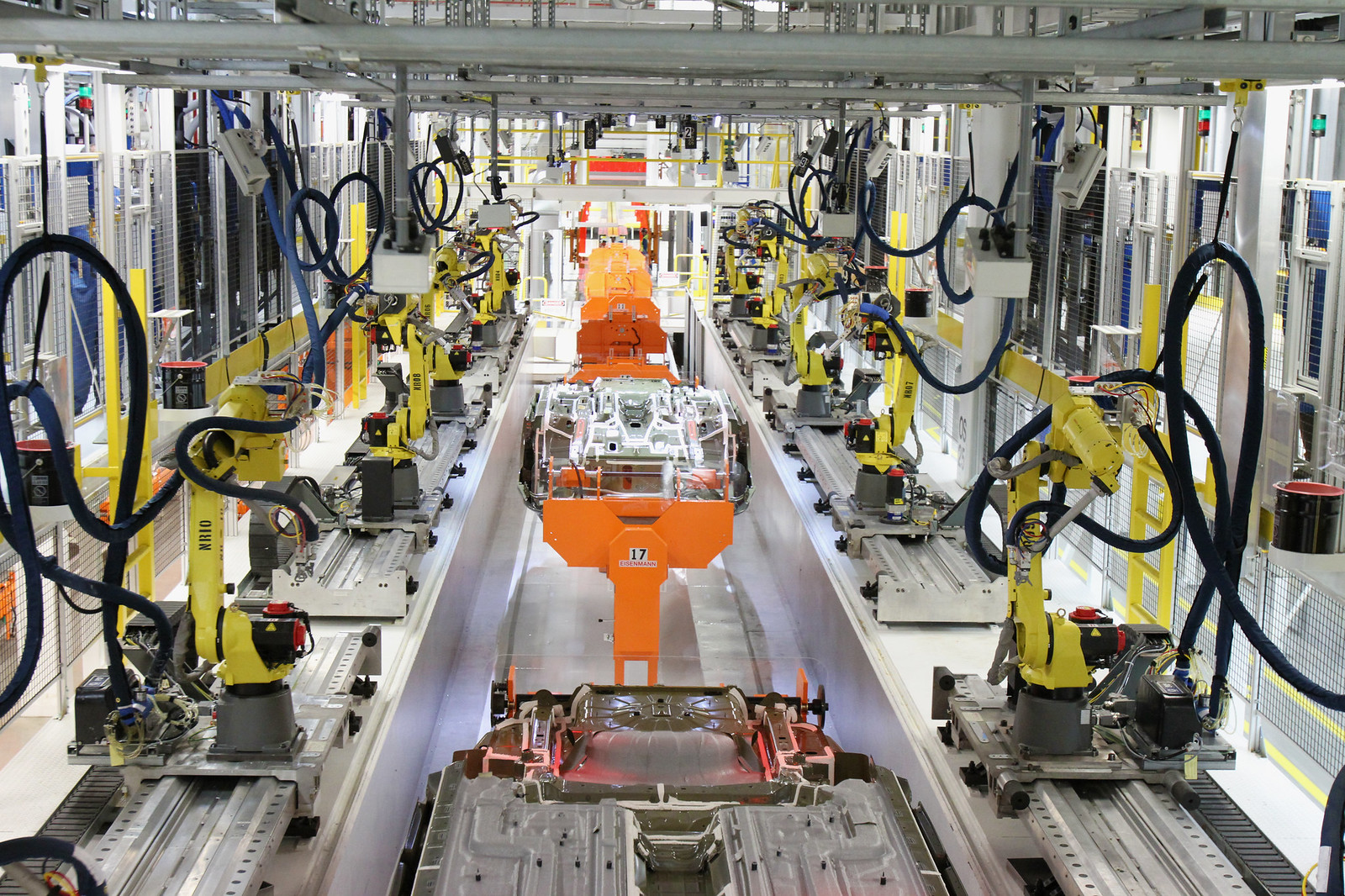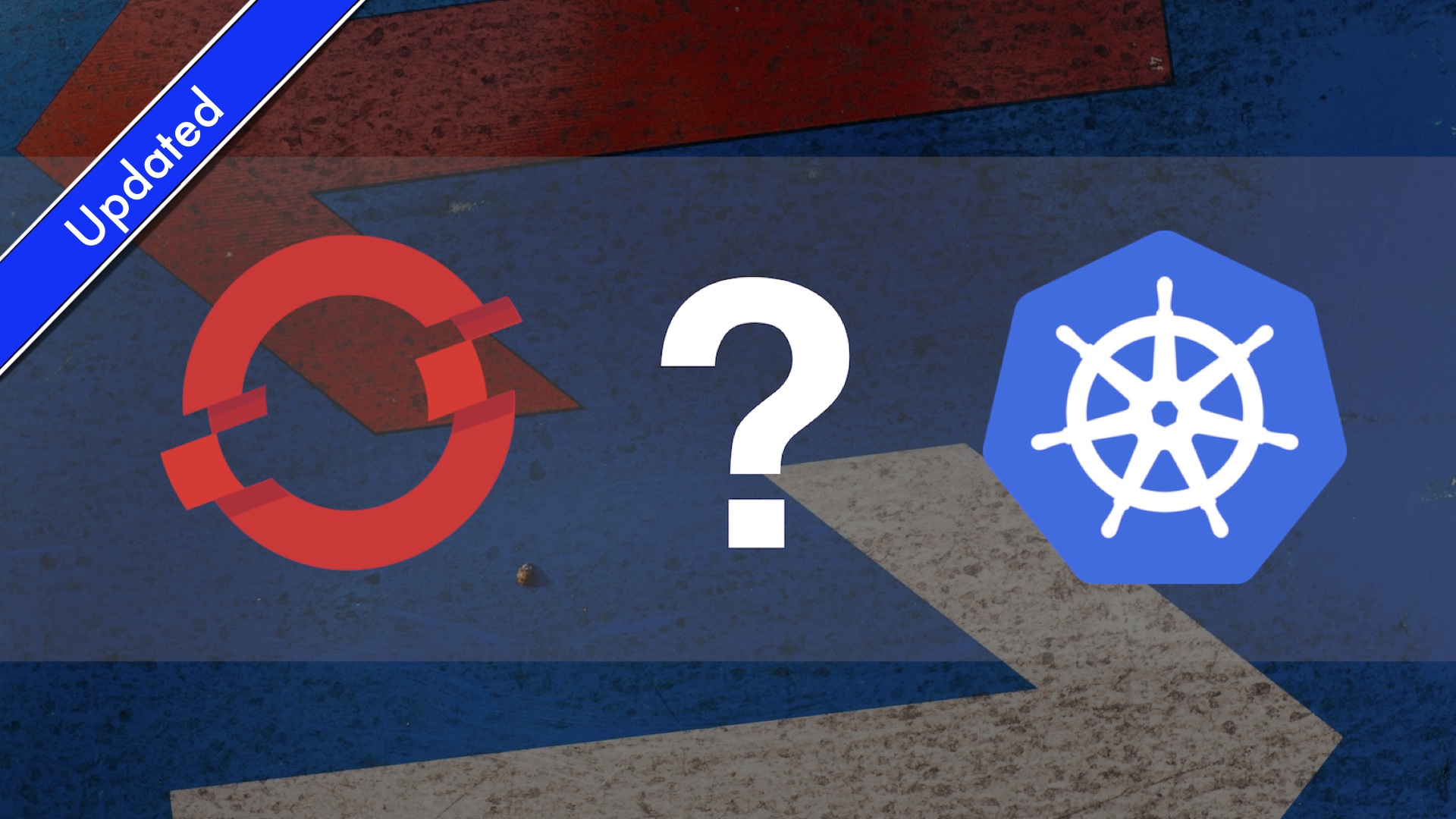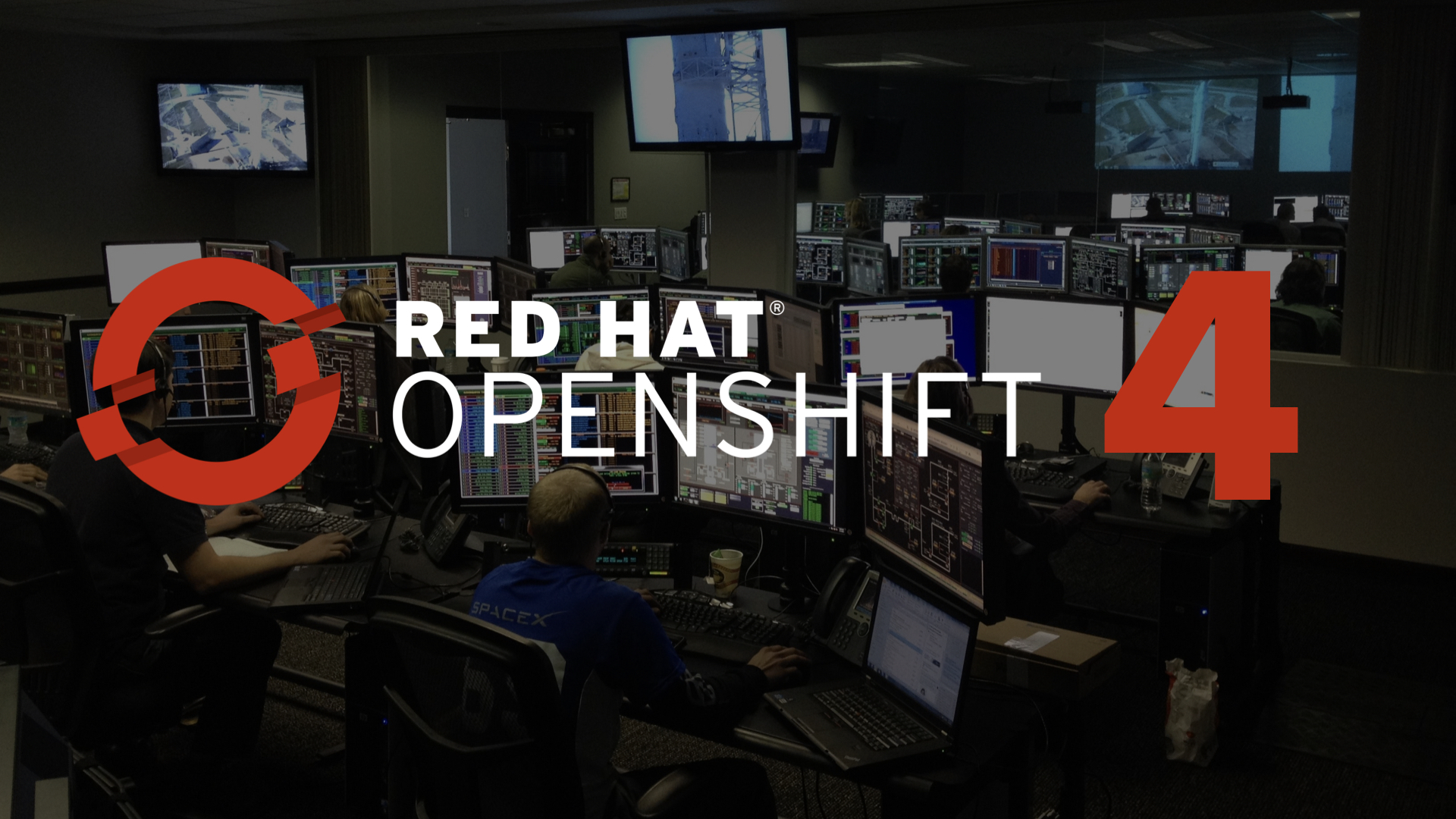The (not so) secret flaws of Kubernetes Secrets When you’re starting learning and using Kubernetes for the first time you discover that there is this special object called Secret that is designed for storing various kinds of confidential data. However, when you find out it is very similar to ConfigMap object and is not encrypted […]
How to build CI/CD pipelines on Kubernetes
Kubernetes as a standard development platform We started with single, often powerful, machines that hosted many applications. Soon after came virtualization, which didn’t actually change a lot from a development perspective but it did for the field of operations. So developers became mad, and that’s when the public cloud emerged to satisfy their needs instead […]
10 most important differences between OpenShift and Kubernetes
UPDATED on 10.6.2019 (after the release of OpenShift 4.1): Added information on OpenShift 4. UPDATED on 30.8.2019: Added information on CodeReady Containers for running single OpenShift node. OpenShift has been often called as “Enterprise Kubernetes” by its vendor – Red Hat. In this article, I’m describing real differences between OpenShift and Kubernetes.
Maintaining big Kubernetes environments with factories
People are fascinated by containers, Kubernetes and cloud native approach for different reasons. It could be enhanced security, real portability, greater extensibility or more resilience. For me personally, and for organizations delivering software products for their customers, there is one reason that is far more important – it’s the speed they can gain. That leads […]
Honest review of OpenShift 4
We waited over 7 months for OpenShift Container Platform 4 release. We even got version 4.1 directly because Red Hat decided not to release version 4.0. And when it was finally released we almost got a new product. It’s a result and implication of acquisition of CoreOS by Red Hat announced at the beginning of […]
How to increase container security with proper images
Security is a major factor when it comes to a decision of whether to invest your precious time and resources in new technology. It’s no different for containers and Kubernetes. I’ve heard a lot of concerns around it and decided to write about the most important factors that have the biggest impact on the security […]
Three levels of highly available apps on Kubernetes
Why managing container images on OpenShift is better than on Kubernetes
Dlaczego utworzyłem kurs Kubernetes po polsku
Treat your pods according to their needs – three QoS classes in Kubernetes
One of the features that comes with Kubernetes is its ability to scale horizontally services running on it and use available resources more efficiently. I’ve been hearing that containers are just lightweight virtualization (which is not true) so you can put more apps on the same resources. I can agree that it’s partially true









